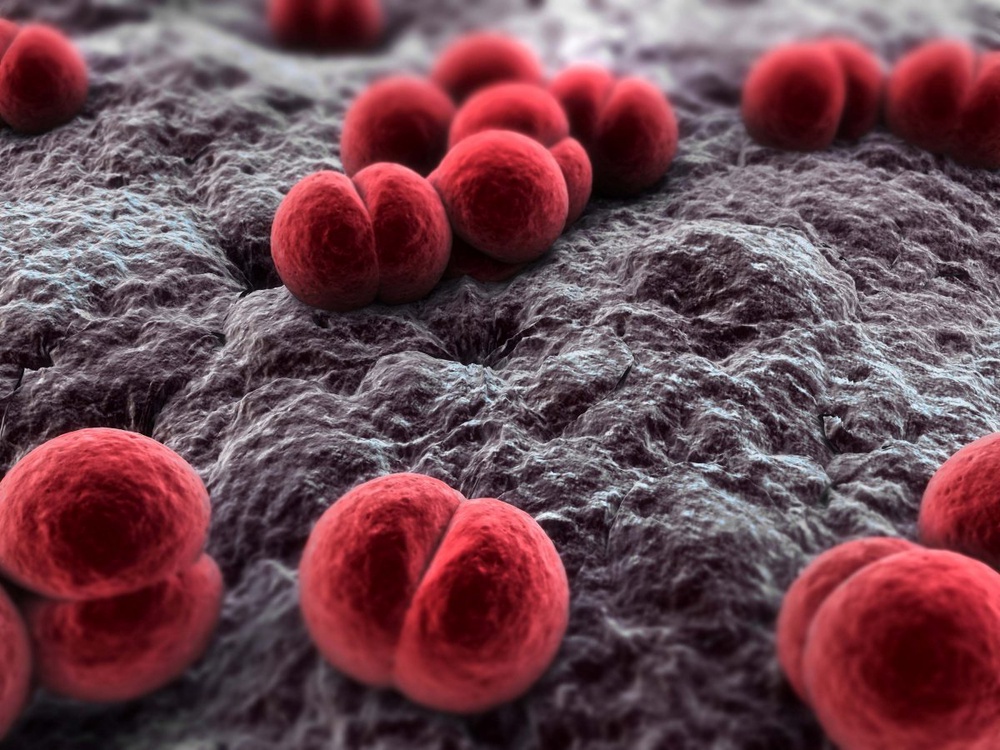
Researchers have disproved a long-held theory about how some bacteria survive antibiotics and opened the door to new treatments to fight drug-resistant bugs, AFP reports citing a study released Thursday. Using a technique called microfluidics, scientists revealed that -- contrary to the explanation that has held for more than 50 years -- the surviving bacteria continue to divide and grow and, at times, die. The old theory held that the survivors were the individual bacteria that had stopped growing and dividing. "The persistent population is thus very dynamic, and the cells that constitute it are constantly changing -- even though the total number of cells remains the same," explained microbiologist Neeraj Dhar. This is a crucial piece of information, the authors stress, and could help scientists develop new therapies for tough bacterial strains, like multi-drug resistant tuberculosis. "A population of genetically identical bacteria consists of individuals with widely varying behavior," said lead researcher John McKinney. "Some of them can adapt to stressors that they have not previously encountered, thanks to the selection of persistent individuals. This could lead to a revision of the entire theory of adaptation," he said. The researchers from the Swiss Ecole Polytechnique Federale de Lausanne studied a bacteria related to the one that causes tuberculosis, which they immersed in a fluid containing isoniazid, a TB-killing agent. They found that the bacteria only produced an enzyme called KatG -- necessary for the antibiotic to work against it -- in an intermittent manner. The fact of whether or when the bacteria stopped dividing was not closely correlated with when it died, they said. Instead, a bacterium's survival at any given moment was determined by whether it was producing the enzyme. Since at any given moment, some among the population of bacteria were not producing the enzyme, the population as a whole was able to persist. Future research will look at other microbes, including the bacteria that cause tuberculosis and E. coli, as well as, in a slightly different manner, certain cancer cells that resist treatment. "It's a new approach for trying to figure out why some infections are so difficult to eliminate," McKinney said, saying the techniques are already in use, in collaboration with pharmaceutical firms, to develop new antibiotics.





Researchers have disproved a long-held theory about how some bacteria survive antibiotics and opened the door to new treatments to fight drug-resistant bugs, AFP reports citing a study released Thursday.
Using a technique called microfluidics, scientists revealed that -- contrary to the explanation that has held for more than 50 years -- the surviving bacteria continue to divide and grow and, at times, die.
The old theory held that the survivors were the individual bacteria that had stopped growing and dividing.
"The persistent population is thus very dynamic, and the cells that constitute it are constantly changing -- even though the total number of cells remains the same," explained microbiologist Neeraj Dhar.
This is a crucial piece of information, the authors stress, and could help scientists develop new therapies for tough bacterial strains, like multi-drug resistant tuberculosis.
"A population of genetically identical bacteria consists of individuals with widely varying behavior," said lead researcher John McKinney.
"Some of them can adapt to stressors that they have not previously encountered, thanks to the selection of persistent individuals. This could lead to a revision of the entire theory of adaptation," he said.
The researchers from the Swiss Ecole Polytechnique Federale de Lausanne studied a bacteria related to the one that causes tuberculosis, which they immersed in a fluid containing isoniazid, a TB-killing agent.
They found that the bacteria only produced an enzyme called KatG -- necessary for the antibiotic to work against it -- in an intermittent manner.
The fact of whether or when the bacteria stopped dividing was not closely correlated with when it died, they said.
Instead, a bacterium's survival at any given moment was determined by whether it was producing the enzyme.
Since at any given moment, some among the population of bacteria were not producing the enzyme, the population as a whole was able to persist.
Future research will look at other microbes, including the bacteria that cause tuberculosis and E. coli, as well as, in a slightly different manner, certain cancer cells that resist treatment.
"It's a new approach for trying to figure out why some infections are so difficult to eliminate," McKinney said, saying the techniques are already in use, in collaboration with pharmaceutical firms, to develop new antibiotics.


 +7 (777) 001 44 99
+7 (777) 001 44 99















































